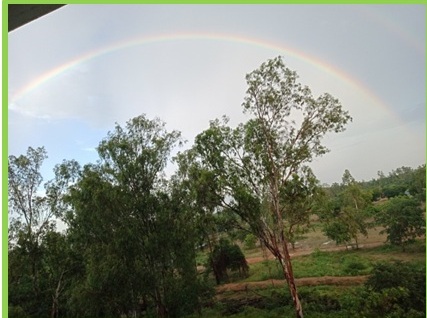Crescent Sustainability Initiatives
CLEAN WATER AND SANITATION (SDG 6)
INTRODUCTION TO WATER-CONSCIOUS PRACTICES
B.S. Abdur Rahman Crescent Institute of Science and Technology has made significant strides in promoting water conservation through its landscaping practices. With approximately 30% of the campus covered in greenery, the institution has strategically integrated drought-tolerant plants into its landscape design. This approach not only enhances the aesthetic appeal of the campus but also plays a crucial role in minimizing water usage, particularly in a region where water scarcity can be a pressing issue. The total built-up area of the campus is 1,618,024 square feet, while the landscaped area covers 656,876 square feet, showcasing a commitment to maintaining a balance between built and natural environments.
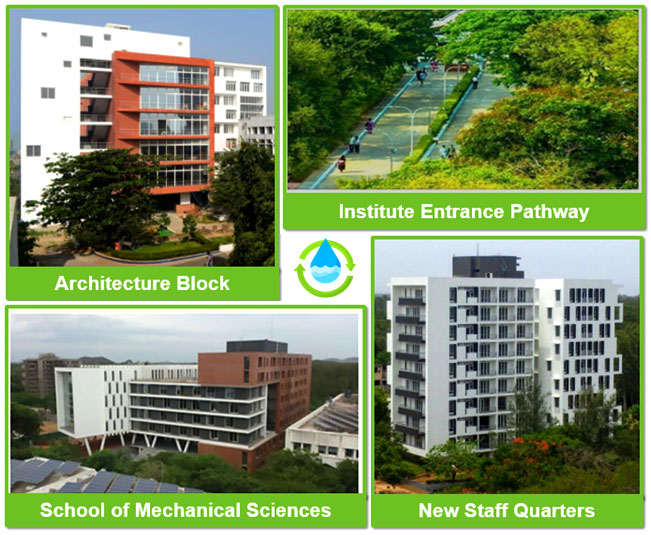
Figure VI (3.5) – 1: Photographs showing the various drought – tolerant plants around various buildings
DROUGHT-TOLERANT PLANT SELECTION
The selection of drought-tolerant plants is a cornerstone of the campus’s landscaping strategy. Notable species include Bougainvillea, which thrives in arid climates and requires minimal water, making it an ideal choice for the region. Aloe Vera, another resilient plant, originates from desert environments and exhibits a strong tolerance for dry conditions. Additionally, the Ash Gourd (Benincasa pruriens) is highlighted for its low water requirements, needing irrigation only once every 5-6 days during dry spells. The presence of these plants not only conserves water but also contributes to the biodiversity of the campus.
DIVERSE PLANT SPECIES AND THEIR BENEFITS
The campus features a variety of other drought-tolerant species, such as Tecoma stans, commonly known as the Trumpet Flower, which adds vibrant colour while requiring minimal water. Calotropis gigantean, or milkweed, is another species that thrives in dry conditions and is known for its fragrant flowers. Bamboo, while initially requiring more water, becomes drought-tolerant once established, providing an excellent example of how certain plants can adapt to varying water availability. Other species like Oleander, Moringa, and Terminalia catappa further enhance the campus’s green cover while supporting water conservation efforts.
A MODEL FOR SUSTAINABLE LANDSCAPING
The commitment of B.S. Abdur Rahman Crescent Institute of Science and Technology to water-conscious planting serves as a model for other educational institutions. By integrating drought-tolerant plants into their landscaping, the campus not only reduces water consumption but also fosters an environment that supports local biodiversity. This initiative reflects a broader understanding of sustainable practices, emphasizing the importance of conserving water resources while creating beautiful and functional green spaces. As the campus continues to evolve, its focus on water conservation will undoubtedly inspire similar efforts in other regions facing water scarcity challenges.
1. BOUGAINVILLEA
Bougainvillea is a drought-tolerant plant that thrives in arid climates, making it an excellent choice for regions with limited water availability. Its vibrant flowers add aesthetic value to the landscape while requiring minimal water once established. This resilience to dry conditions ensures that Bougainvillea remains a superb option for sustainable planting in environments where water conservation is crucial.
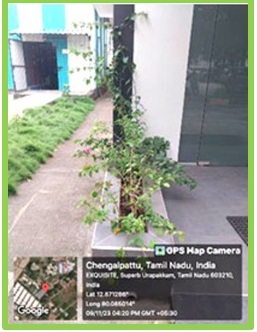
2. ALOE VERA
Aloe Vera originates from desert-like settings characterized by hot weather and sandy soil. This succulent plant flourishes in arid, warm climates and exhibits a strong tolerance for drought. Its limited tolerance to over-watering makes it ideal for water-conscious gardening, as it requires very little water to thrive, contributing to sustainable landscaping practices.
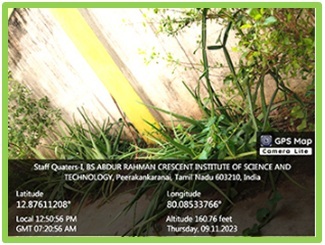
3. ASH GOURD (BENINCASA PRURIENS)
Ash gourds are easy-to-care-for plants that demonstrate significant drought tolerance. They require minimal fertilizer and only need watering once every 5-6 days during dry spells. This makes them a practical choice for sustainable gardening. The plant’s growth cycle begins with male flowers, followed by the appearance of female flowers, showcasing its adaptability in various conditions.
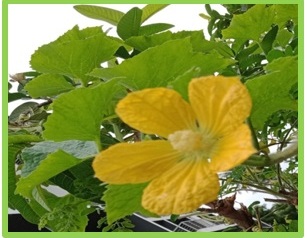
4. TECOMA STANS
Tecoma stans, commonly known as the Trumpet Flower, belongs to the Bigoniaceae family, which includes tropical trees and shrubs. This plant is well-suited for tropical climates and can withstand periods of drought. Known by various names such as Esperanza and Yellow Bells, Tecoma stans requires minimal water once established, making it a low-maintenance option for water-conscious landscaping.
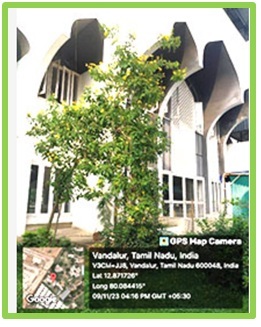
5. CALOTROPIS GIGANTEAN
Calotropis gigantean, commonly referred to as milkweed, is known for the latex it produces. This hardy plant is often found in abandoned farmland and is considered a common weed in some regions. The fragrant flowers are used in making floral tassels, and the plant’s ability to thrive in dry conditions makes it a valuable addition to water-conscious gardens.
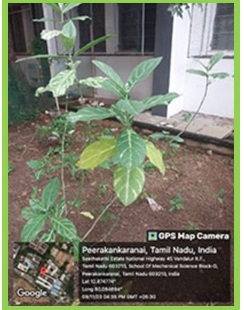
6. BAMBOO PLANTS
Bamboo initially requires a generous amount of water to establish its rhizome root system. However, once established, many species of bamboo can thrive with minimal irrigation. While some varieties may have higher water needs, specific drought-tolerant species are well-suited for water-conscious landscaping, contributing to sustainable practices in garden design.
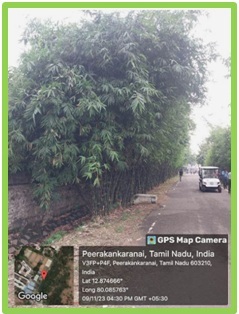
7. OLEANDER
Oleander is a hardy shrub that can withstand dry conditions, making it an ideal choice for water-conscious planting. Once established, it requires little water and thrives in poor soil, making it suitable for xeriscaping. Its vibrant flowers not only enhance the landscape but also contribute to biodiversity in the area.
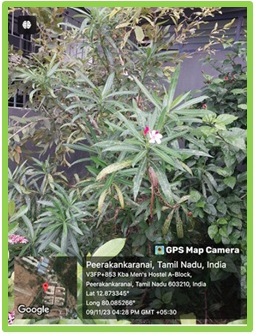
8. MORINGA
Moringa trees are known for their resilience to drought and can survive with minimal water. This versatile plant offers nutritional benefits and is often used in various culinary applications. Its ability to thrive in dry conditions makes it a valuable addition to sustainable landscaping efforts.
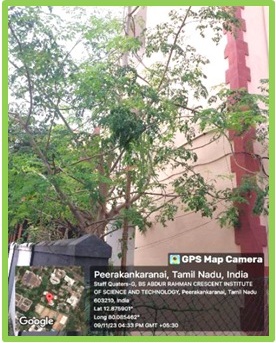
9. TERMINALIA CATAPPA
Terminalia catappa, also known as the tropical almond tree, is well-adapted to dry conditions and requires little water once established. This tree not only provides shade but also has various uses, including its leaves and nuts, which contribute to its value in sustainable landscaping.
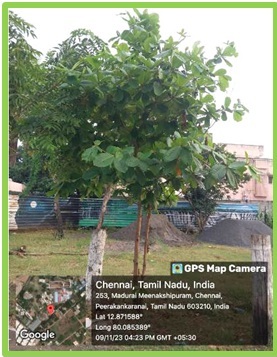
10. EUCALYPTUS GLOBULUS
Eucalyptus Globulus is known for its ability to thrive in dry environments and can tolerate drought conditions. Once established, this tree requires minimal water, making it suitable for water-conscious planting strategies. Its fast growth and adaptability make it a popular choice for enhancing green spaces while promoting sustainability.
